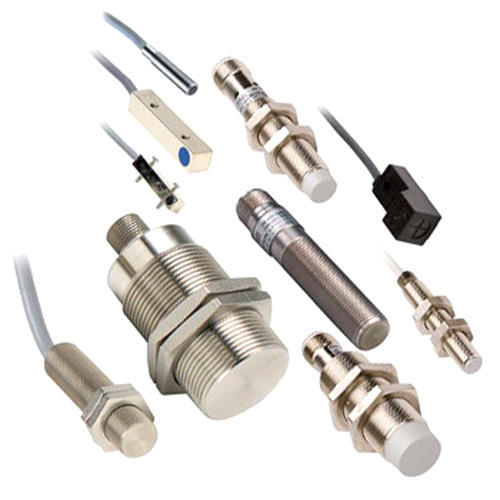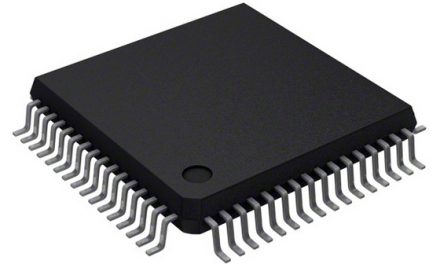Driverless cars are the future. These highly advanced autonomous vehicles use a wide variety of sensors. Proximity sensors such as the LiDAR are critical in ensuring the safety of both pedestrians and passengers in the vehicle. This article will explain what proximity sensors are, as well as explain the various types of proximity sensors.
Table of Contents
What is a Proximity Sensor?
Before we begin explaining the proximity sensor types, let us begin with the definition. Proximity sensors are sensors that detect movement or the presence of objects without physical contact and relay the information captured into an electrical signal. The object being sensed is commonly referred to as the proximity sensor’s target. Different proximity sensor targets demand different sensors.
Types of proximity sensors
There are very many proximity sensor types. This section explores the types of proximity sensors available as well as their key features.
1. Inductive Proximity sensors
These types of proximity sensors are contactless sensors that are used to detect only metal objects. They supply an alternating current to the coil, generating an electromagnetic detection field. When the metal object enters closer into the field eddy currents build up and the resistance in the coil changes. The circuit that had been continuously monitoring the environment will trigger the sensor’s output switch.
The switch is triggered only when an object is present in this proximity sensor type.
2. Capacitive Proximity sensors
These proximity sensor types produce an electrostatic field. When an object which is either conducting or non-conducting approaches the sensing area, the capacitance of plates present in the sensor increase resulting in oscillator amplitude gain. This in turn results in the sensor output switch being triggered.
The capacitive sensors only oscillate when the target object is present, and they detect both metallic and non-metallic objects. These include powders, solids and liquids.
3. Ultrasonic Proximity sensors
These types of proximity sensors detect object through emitting high frequency waves. The sonic waves produced by the transmitter bounce off the object and return to the sensor. The time take to emit and receive the same sound wave is then used to calculate the distance between the sensor and the object.
4. Infrared Proximity sensor
These proximity sensor types have a transmitter which emits infrared light. The beam of light emitted hits the object and is reflected back at an angle. The reflected light will reach the light detector. The sensor in the light detector will then determine the position of the reflective object.
5. Photoelectric proximity sensor
This type of proximity sensor emits a light beam that is able of detecting all sorts of objects. They are very efficient for distance detection.
6. LiDAR proximity sensor
This proximity sensor type is a high end sensing technology that provides an excellent detection range. It has extremely fast update rates. This sensor, however, is rather expensive and may be out of reach for very many consumers. They will be forced to consider the cheaper options available such as the IR proximity sensor.
Criteria to consider when checking for the best proximity sensor type for your application
1. Object requirements
First have a clear picture of the object that the proximity sensor is to be used on. Factors like subject colour, shape and material need to be examined. In complex situations, the IR proximity sensor type usually performs well
2. Environment of testing
Consider the environment. Think of the following: Temperature, moisture and cleanliness. The Capacitive, Inductive and Ultrasonic proximity sensor types are usually a good selection to choose from.
3. Sensing range
Have a look at whether the object will be placed in close proximity to the sensor’s face. Consider the distance i.e. whether it is far or close. Inductive and capacitive proximity sensor types are great for close range sensing whereas the ultrasonic and IR proximity sensor types shine when it comes to long range sensing.
Key features available across various proximity sensor types
1. Contactless sensing
The proximity sensors detect the object without any direct physical interaction with the object. The object therefore always stays well-conditioned.
2. Unaffected by surface conditions
The various types of proximity sensors are nearly unaffected by the colours of the surfaces of the objects it detects. This is because the sensors mainly detect physical changes
3. Suitable for a wide variety of applications
The proximity sensors are well suited for wide temperature range usage, and even damp conditions. This is a stark contrast from traditional optical detection sensors.
Proximity sensors can be used in embedded systems such as in mobile phones to deactivate the screen when a phone call is ongoing.
4. Longer service life
A proximity sensor uses semiconductor outputs and there are no moving parts. This therefore means that these sensors last much longer than traditional sensors
5. High speed response rate
The various proximity sensor types offer a higher speed response rate when compared to switches where contact is required for sensing.
Applications of proximity sensors
1. Unmanned Aerial Vehicles
These are commonly known as drones. These use ultrasonic proximity sensors. They are therefore able to travel at moderate speeds without colliding with objects in their environment.
2. Distance measurement
The proximity sensors shine in this field. Ultrasonic proximity sensors are quite suitable for distance measurement as they are able to quickly compute the distance between them, and the object that is in their vicinity.
3. Detection of land mines
Inductive proximity sensors save lives. Grenades left behind decades ago when the world was at war continue to kill people and leave those who survive maimed. Inductive proximity sensors are used in detecting land mines.
4. Security systems
At home, it is quite frequent to find a home alarm system. This system operates by detecting movement of the sensors placed on doors and windows. In addition, they detect motion and immediately sound an alarm if any motion is detected.
5. Counting
When counting the number of items that pass on a production line, various types of proximity sensors are used. These help in providing a real time update of the products that have been made on the production line, thus, helping in the stock-tacking process.
Conclusion
This article gave an introduction to proximity sensors. The definition was given, and the various types of proximity sensors were explored.
We hope you gained new knowledge.






